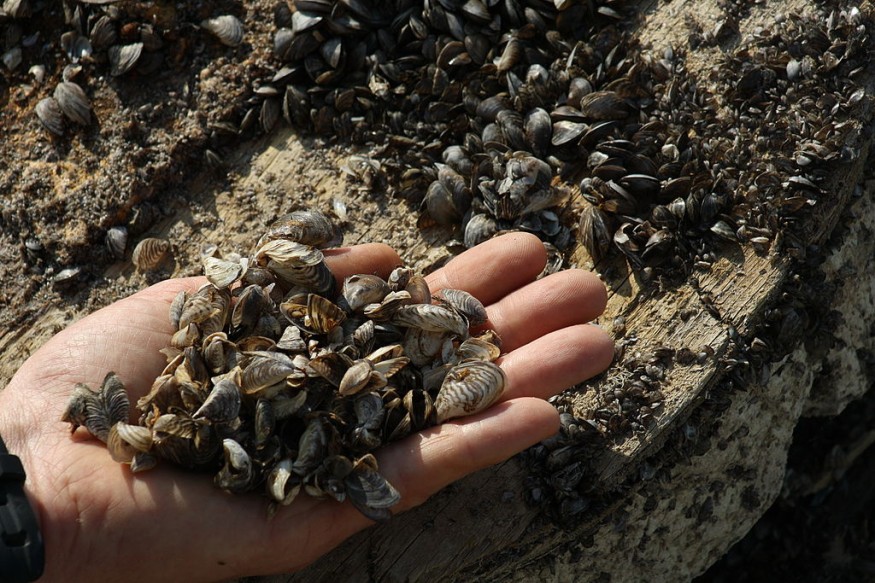The recent report raised concerns about the state of the underwater ghosts or cultural shipwrecks at the bottom of Ontario's Great Lakes.
The lake is home to different species in the US and Canada, from bats, Canada lynx, coyote and otter. In addition, it is vital for transportation, drinking water and agriculture.
Underwater Shipwreck History in Ontario

The Great Lakes has suffered from pollution, climate change and the arrival of invasive species. It is a significant place for about 6,000 shipwrecks, especially in the Ontario area.
Shipwrecks in Ontario's Great Lakes can date back to about the 17th century. The bottom of the sea has been an iconic place to look back on the past with shipwrecks.
As a result, Canada has been finding ways to preserve shipwrecks and underwater ghosts that are vulnerable to potential loss or destruction.
However, the arrival of invasive species can make it challenging for the native species in the Great Lakes. A recent report noted that over 180 invasive species managed to enter the lake.
Experts raised concerns about the invasive mussels in Ontario's Great Lakes. The mussels have severely impacted the shipwrecks in the ocean, exacerbated by climate change and extreme weather events.
The alarming effects of invasive mussels called for urgent protection and preservation of over 1,000 shipwrecks in the area. The mussels can deteriorate the lumbers and state of the shipwrecks.
Furthermore, the recent report urged to protect the heritage sites underwater in Lake Ontario, especially the Hamilton and Scourage found in the area.
In Lake Superior, the invasive zebra and quagga mussels were detected in the shipwrecks.
The invasive mussels can cover the shipwrecks, causing rapid deterioration and reducing their lifespans. The complete colonization of mussels and damage to the metals and wood in the ships.
While there is advanced technology, it can still become challenging for experts to navigate and count the number of wrecks in the ocean.
According to Durrell Martin, the shipwrecks could last another 200 years. However, it could be likely gone by the next 10 to 20 years. Martin is the Save Ontario Shipwrecks' president.
Mapping out the entire shipwreck can assist experts in protecting and monitoring the iconic shipwrecks in the Great Lakes.
Also Read : Weird-Looking Fish With 'Human Teeth' in US: Fisherman's Daughter Wants to Keep for Tooth Fairy Dream
Quagga and Zebra Mussels
According to experts, the zebra and quagga mussels are native to Eastern Europe. The alarming colonization of invasive mussels also occurred in the US and UK.
In addition, the said mussels can leave a serious aftermath to ecosystems and communities. It can damage water treatment plants, boat steering and engines.
It can kill the other native species and outnumber them. The invasive mussels can also contaminate the food of seabirds.
Related Article : Atlantic Puffin in Canada: Starvation, Ocean Warming Threatened Rare Seabird Populations
For more similar stories, don't forget to follow Nature World News.
© 2025 NatureWorldNews.com All rights reserved. Do not reproduce without permission.





